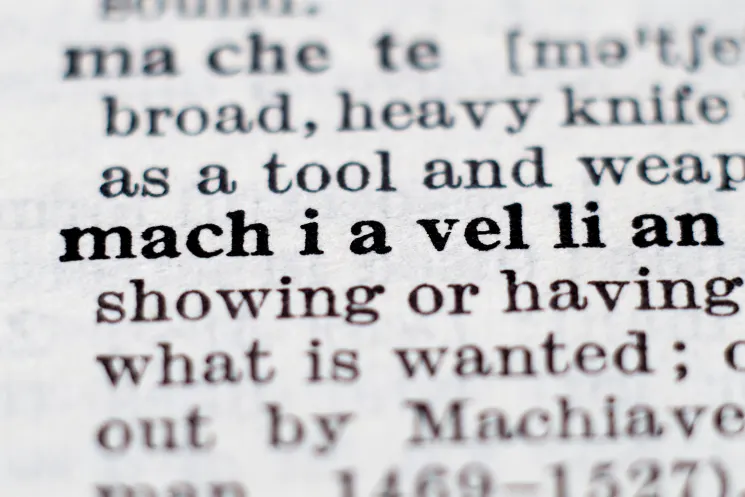IF you plan to be self-funded and tax-free in retirement there are a few important annual government superannuation caps that you need to know about. If you are taking personal advice, bear in mind the process and implementation takes many weeks, so May is your take action month for this end of financial year.
The big cap lifetime cap to bear in mind is the $1,700,000 “transfer balance cap”. In short, that’s the current maximum you can use to start a tax-free account-based superannuation pension. If you even things up, that’s $3,400,000 for a couple – more than enough to fund a healthy retirement income for the rest of your life!
To help get you on the way there is the annual $27,500 concessional cap (pre-tax) and the $110,000 non-concessional cap (after-tax). These caps are indexed up every five or so years – they were previously $25,000 and $100,000 respectively. The concessional cap includes your employer’s superannuation contributions.
Let consider Sharon – a Hornsby local, 56 years of age, working four days a week and earning $100,000 pa. She has $350,000 in an Aware (formally NSW First State) super account. Sharon is worried about adequately funding her retirement. With some good planning there are turbo-charging strategies she can benefit from. Readers – don’t try these unsupervised at home, they should be implemented with professional advice!
Sharon’s Carry-Forward Contributions
As Sharon’s super balance was under $500,000 at 30 June last year she can make use of her unused concessional caps back to 2018-19, when this new five year maximum carry-forward rule took effect.
Sharon has accumulated surplus savings in her mortgage offset account. She has just been relying on her employer’s super contributions of $10,000 pa in recent years.
As a result, she can catch-up on three years of concessional contributions (three times $15,000, so $45,000 all up). Adding the additional 2021-22 contribution ($17,500, taking her to $27,500), there is a $62,500 tax deductible super boost for Sharon this financial year.
What’s the upside for Sharon? Instead of incurring $21,250 in income tax, she incurs just $9,375 in super contributions tax. A net tax benefit of $11,875 – money that would otherwise be lost forever to the tax office is now boosting her super account. Not a bad little arbitrage!
Sharon’s Bring Forward Contributions
Sharon’s elderly widowed mum passed away just before Christmas last year. The estate is $1,500,000 and is being shared equally between her, her sister and her brother. Sharon might use some of her $500,000 to extinguish the mortgage on her house – she has always thought being debt-free was a good objective.
Sharon is also curious about the option of adding some of those funds to her super. She knows about the $110,000 non-concessional cap, and has heard about a “bring forward” strategy. The bring forward allows eligible people to do three years contributions at once, so $330,000 all up. There are a couple of extra tactics that Sharon could also employ. One is to just make a $110,000 contribution now, and do the “bring forward” this July, thereby getting $440,000 into super within a few months. Tactic number two is to set up a second account to receive these non-concessional funds – during retirement it can be important to keep your concessional and non-concessional components in separate buckets, but that’s a strategy for another day.
Greg Cook is a Certified Financial Planner and Chief Executive of Eureka Whittaker Macnaught you can reach Greg by email.
The information in this article is of a general nature. It is not personal advice and does not account for individual circumstances. Before making any financial decisions regarding your superannuation, see a licensed financial planner or talk to your super fund trustee.




 Tel. 1800 621 807
Tel. 1800 621 807


















